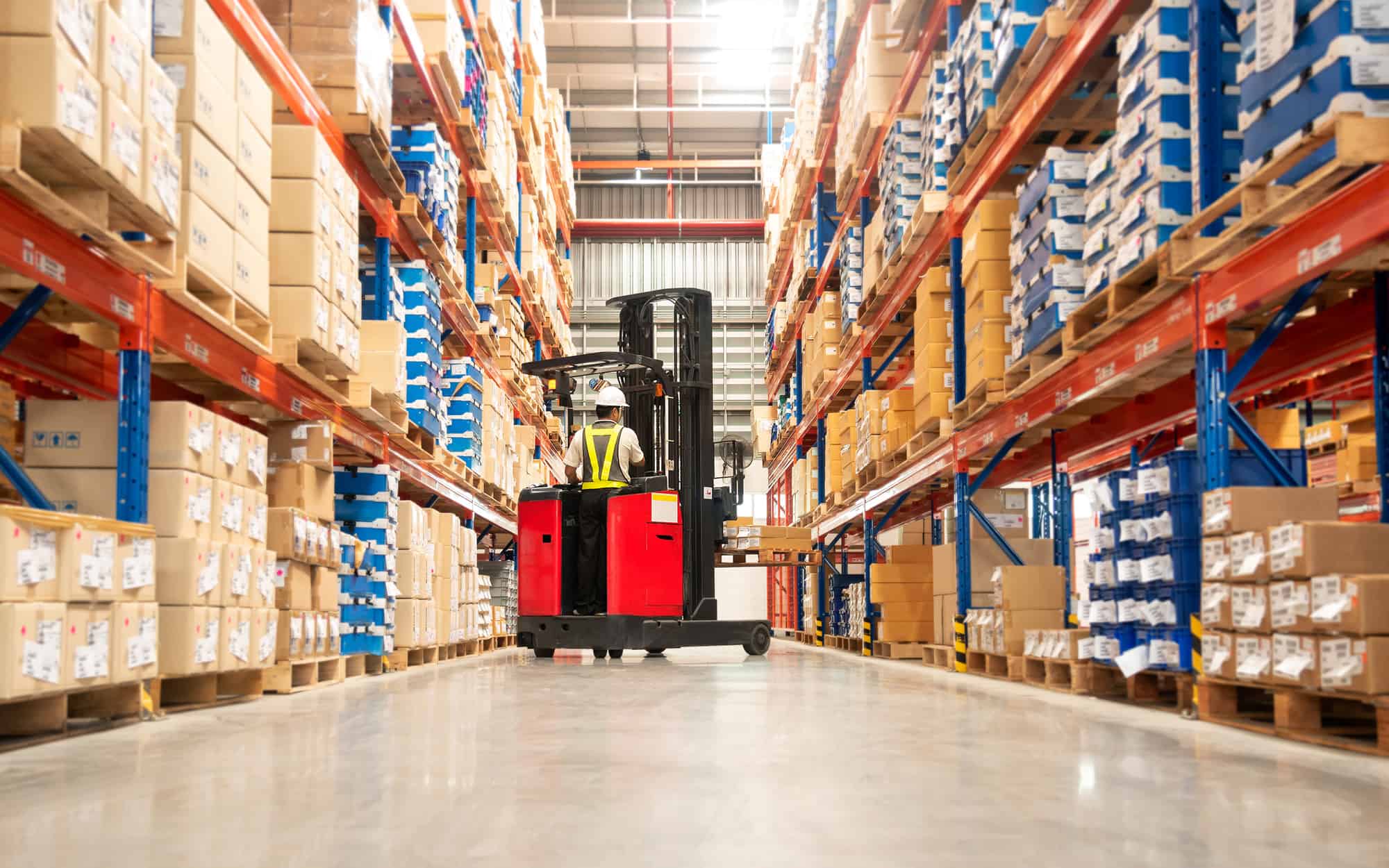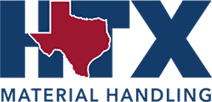Reach trucks are essential equipment in various industries, enabling efficient and effective material handling. They offer numerous benefits, but a proper understanding of their operation and adherence to safety measures are crucial for optimal usage. Explore the world of reach trucks and their definition, types, purpose, and applications.
Additionally, learn more about the operation techniques, maintenance practices, and safety measures associated with reach trucks. Get everything you need to know about choosing the right reach truck for specific needs.
Understanding Reach Trucks
Reach trucks have revolutionized modern warehousing. Essential in many industries, including retail, manufacturing, and logistics, they are a key component of efficient fleet solutions.
What Is a Reach Truck Forklift?
Reach trucks, or reach lift trucks, are electric forklifts designed for height. They can reach loads located high above ground level and are capable of maneuvering narrow aisles. These devices use a system of hydraulics and telescoping forks to reach loads that are far off the aisle. The maximum lift height is specified by the model number on the data plate.
Reach trucks are commonly found in retail, warehousing, and manufacturing, where they transport goods across warehouses and load/unload goods from delivery vehicles. They are used extensively in fleet solutions, boosting productivity and ensuring smooth warehouse operations.
There are several types of reach trucks, including stand-up trucks and double-deep trucks. The choice depends on the warehouse’s layout and the required lift heights.
Benefits of Using Reach Trucks
Reach trucks offer several benefits, including:
- Increased Storage Density
- Efficient Material Handling
- Enhanced Safety
How Reach Trucks Operate
Implementing reach trucks increases performance and reduces the risk of accidents. However, it requires an understanding of basic and advanced operation techniques like the following:
- Control Functions – These include steering, lifting, side-shifting, and tilting.
- Maneuvering in Tight Spaces – Moving in narrow aisles or dense storage spaces can be challenging. Reach trucks simplify this with their compact designs and intuitive controls.
- Advanced Operation Techniques – Certain situations, like retrieving loads from high levels or dealing with dense storage spaces, require advanced operation techniques. Training is essential to master these.
- Stacking and Retrieving Loads at High Levels – To properly stack or retrieve loads at high levels, it’s important to estimate the lift height correctly and operate controls accurately.
- Dealing with Dense Storage Spaces – Densely packed warehouses might seem daunting. However, reach trucks, with their narrow design and high maneuverability, are well-equipped to handle this.
- Maintenance and Troubleshooting – Regular maintenance of reach trucks is crucial to ensure their longevity and efficiency. Familiarity with common problems and solutions is also beneficial.
Reach Truck Safety
Safety is paramount when operating heavy machinery like reach trucks. These measures enhance productivity and extend the life of the equipment. Proper training and adherence to safety guidelines protect the workforce and the equipment. This starts with the following:
Pre-Operation Checks
Before the operation, it is vital to inspect the equipment for any visible damage, check the control functions, and verify the data plate detailing the maximum lift height and model number.
Safe Load Handling
Safe load handling involves correctly estimating the load’s weight and its center of gravity. It’s important to adhere to the manufacturer’s load capacity recommendations, indicated by the model number.
Training and Certification
Proper training and certification are essential aspects of operating a reach truck. Certified operators are more competent and less likely to be involved in accidents. This distinction involves both theoretical knowledge and practical skills assessment. Basic operations, advanced techniques, safety measures, and maintenance practices are typically included in the program.
Who Should be Certified?
Anyone who operates a reach truck should be certified. Many institutions offer comprehensive training and certification programs for reach truck operators.
Do you need a truck that can handle more than the usual? Try one of our electric reach trucks.
Choosing the Ideal Reach Truck
A reach truck must be selected based on the specific needs of your operation. Some of the biggest factors to consider that would influence this decision are:
Load Capacity
Load capacity is a critical consideration. Overloading the reach truck can damage the equipment and pose safety risks.
Lift Height
The lift height determines how high the reach truck can lift a load. It is necessary to consider the warehouse design and the natural stacking height when selecting the reach truck.
Fuel Type
The majority of reach trucks are electric forklifts. However, some variations use diesel or gas. The choice largely depends on the availability and cost of fuel.
Should I Rent or Buy My Forklift?
The decision to rent or buy a reach truck can depend on factors like the volume of workload, frequency of usage, and financial considerations.
Renting and buying a forklift each has its own set of pros and cons, and the decision depends on the specific needs and circumstances of a business. Renting a forklift offers flexibility as it allows businesses to access equipment for short-term projects or peak seasons without a significant upfront cost. It also provides access to the latest models, reducing maintenance expenses. However, long-term rental costs can add up over time, and businesses may not have full control over the equipment’s availability.
On the other hand, buying a forklift offers ownership and complete control over the equipment, making it a cost-effective option for long-term use. Businesses can customize the forklift to their specific requirements and capitalize on tax benefits. However, the initial investment can be substantial, and businesses need to bear maintenance and repair costs. Evaluating short-term requirements for rental and long-term needs for purchase is essential to make an informed decision that aligns with a company’s budget and operational demands.

Key Takeaways
- Reach trucks improve overall business performance when properly operated and maintained.
- Mitigating potential risks requires implementing safety measures and providing adequate operator training.
- Safety and training are non-negotiable aspects of reach truck operations to avoid severe consequences.
- The choice of reach trucks should consider factors such as load capacity, lift height, and fuel type.
HTX Material Handling Is Texas’ Leading Lift Truck Supplier
Are you looking for reliable material handling solutions in Houston? Look no further than HTX Material Handling! We are here to answer all your questions and address any concerns you may have. From service and parts to new and used equipment, we have you covered.
Our extensive inventory gives you plenty of options to choose from. Whether you need a forklift, pallet jack, or any other type of equipment, we have it all. Visit our locations or give us a call to explore our inventory and find the perfect solution for your business. Our team of experts is ready to assist you every step of the way.
Learn more about our services and contact us today.
